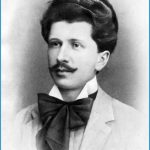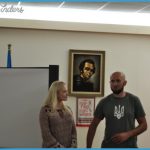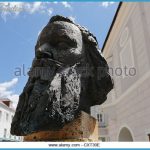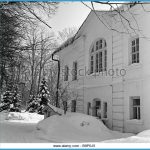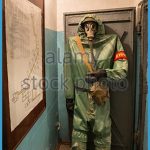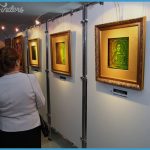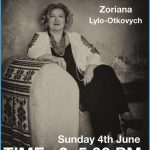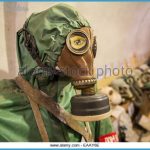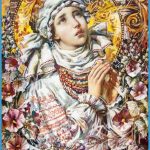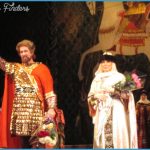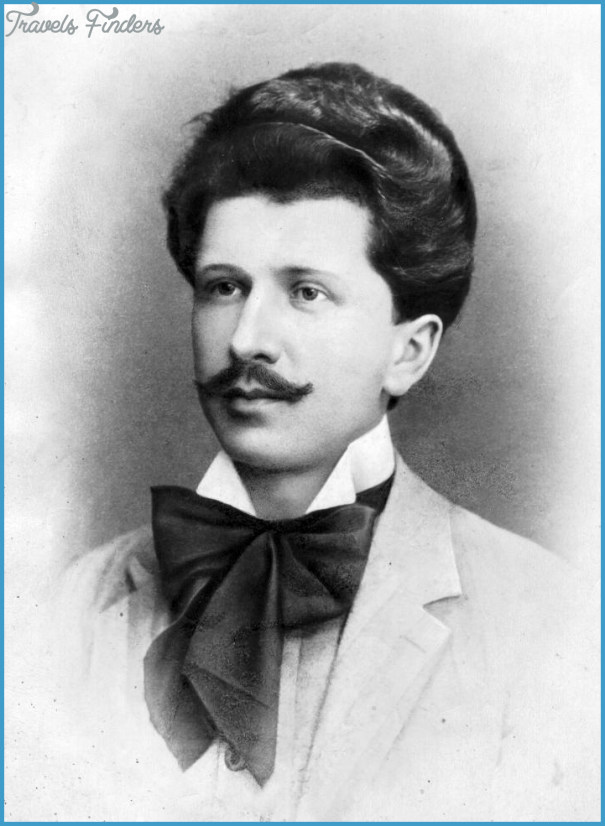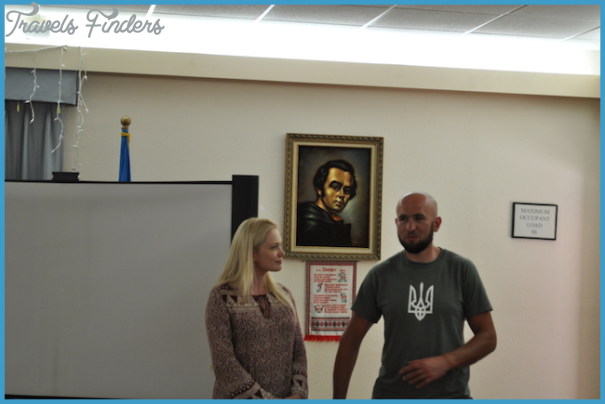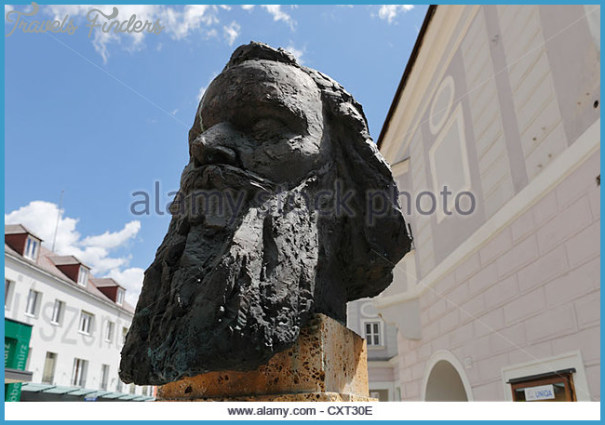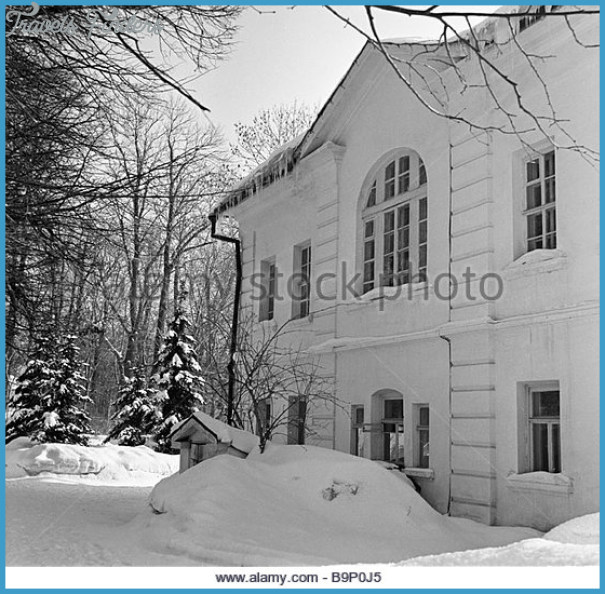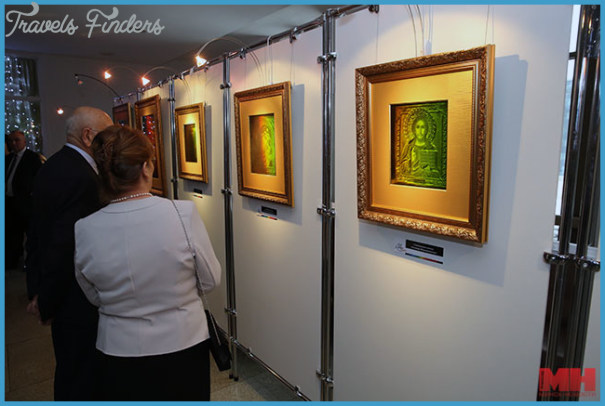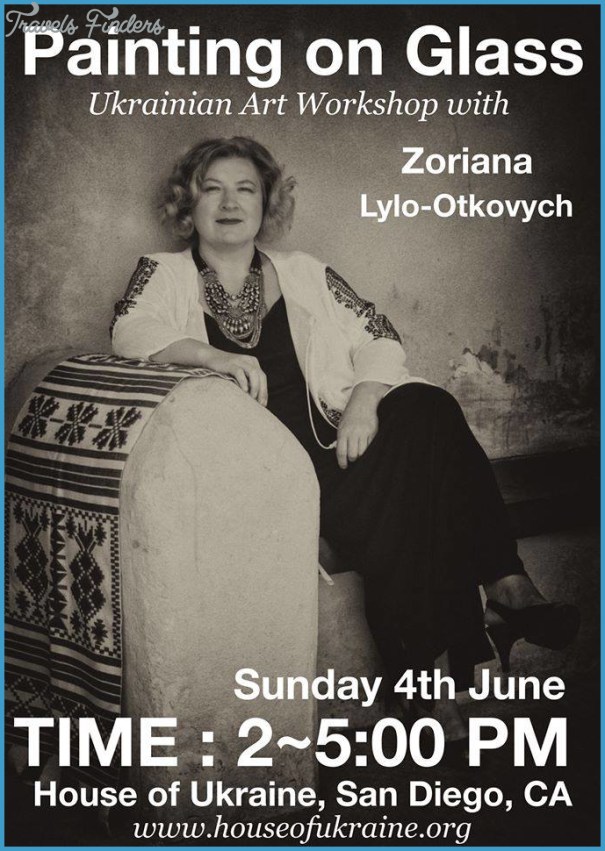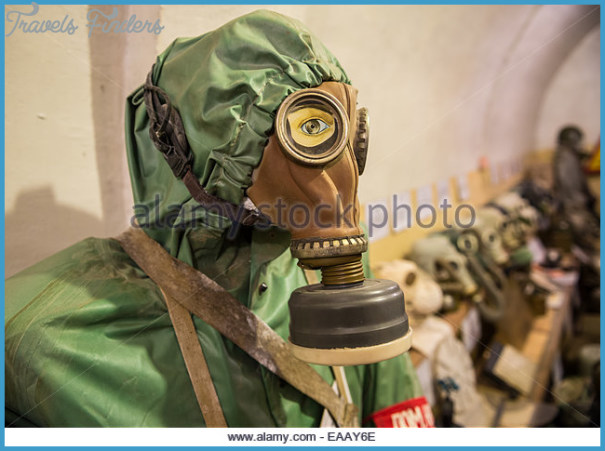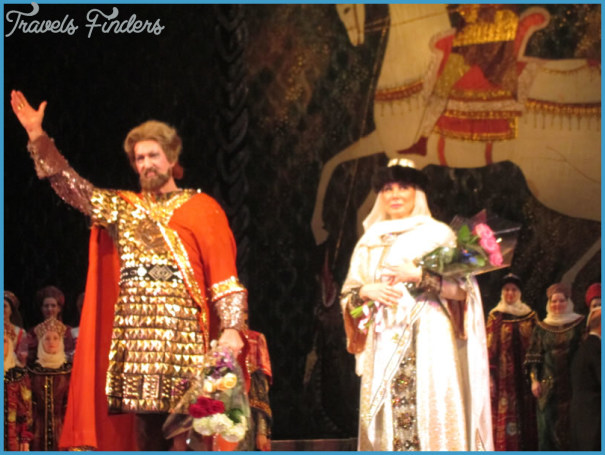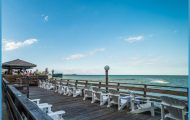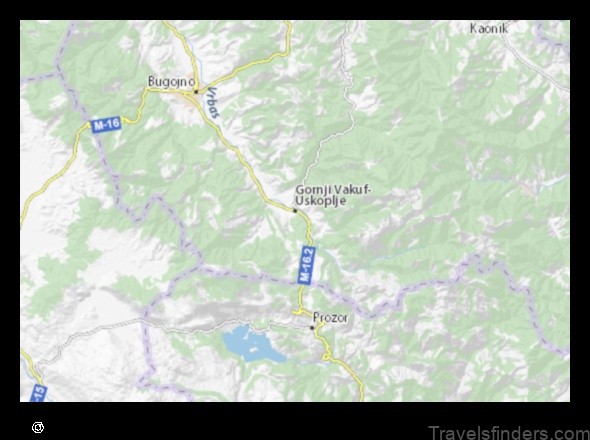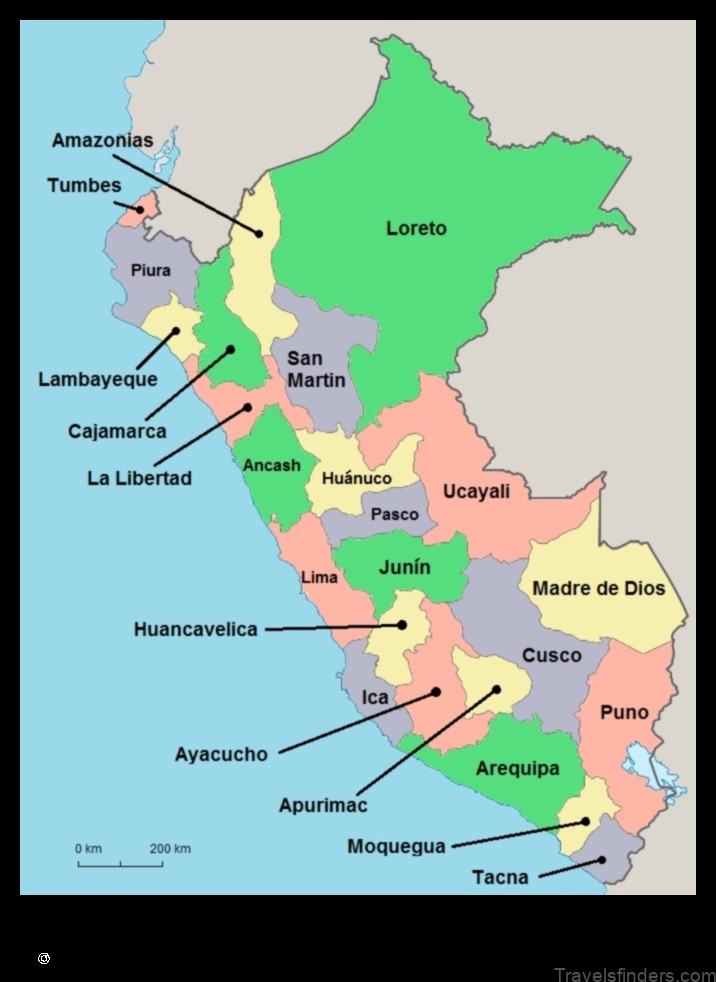REVUTS’KY MUSEUM
Levko Mykolayevych Revuts’ky was a central figure in Ukrainian music in the generation following Lysenko. Born in Irzhavets’ in 1889, he went to study in the capital when he was 14, in 1903, and returned there in 1924 as teacher, scholar, editor and administrator as well as composer. He was there for the rest of his life, apart from a time in Tashkent during the war years. His most important works come from the 1920s; in the changing climate of the Stalin era, he moved increasingly towards other kinds of work.
Revuts’ky lived quite centrally in Kiev, not far from St Sophia, in a first-floor apartment, from 1956 until his death in 1970 (when it was taken over by his son, a medical man). The main living-room has to some extent been frozen in time to preserve his memory: around the walls are more than a hundred photographs, and there is a large oil portrait, a bust and a death mask, as well as his piano and part of his library.
His principal commemoration however is in the house at his birthplace in Irzhavets’, a small town about 150 km north-east of Kiev, between Ichnya and Pryluky. The actual house of his birth no longer stands, but the museum – to find it, go southwards through the village and turn right after the golden Shevchenko statue – is on the ancient farmstead given to Revuts’ky’s great-grandfather, a Cossack, for military service. Revuts’ky lived in Irzhavets’ until 1924, apart from a period as a medical railway worker and a receptionist in the early Soviet days, and never returned.
REVUTS’KY MUSEUM Photo Gallery
The museum, opened on his centenary in 1989, is surprisingly rich; more than 1000 items are displayed and ultimately more will come from the Kiev flat. The family and its traditions form the topic of the first room – Revuts’ky’s father studied at a seminary and his mother came from a noble family, friends of Tolstoy. He himself studied physics and jurisprudence as well as music, in which Lysenko and Glier were among his professors. In the next room is furniture from the family dacha as well as documentary displays (birth certificate, diplomas and the like), books and scores.
Revuts’ky’s own working set-up – his desk and chair, his glasses, his pen – is shown in the third room, with his books, among them a large Ukrainian encyclopedia and the collected works of Gorky, all watched over by the ubiquitous (in Ukraine) portrait of the cultural hero Shevchenko. Some of the publications of folksongs, which he garnered with his brother, a musicologist, are displayed along with facsimile manuscripts and photographs. The next room is for music-making, with two pianos (a grand from the conservatory, played by Revuts’ky, and his own upright; there is a portrait of him, in old age, sitting by the piano) and the display cases deal with his period in Tashkent and his Ukrainian contemporaries. In the entry hall his pupils – he was a generous and beloved teacher – are remembered, and the dining-room is set up with a set of cane chairs and a wall cabinet that he himself made, as well as the obligatory samovar and pictures from the family dacha. Cases here show his Shevchenko Prize (‘for peace’) and a state laureate award for his admired Second Symphony along with an early harmony exercise. The museum testifies to a composer who, though little known beyond the boundaries of Ukraine, was clearly regarded with much affection in his country.

